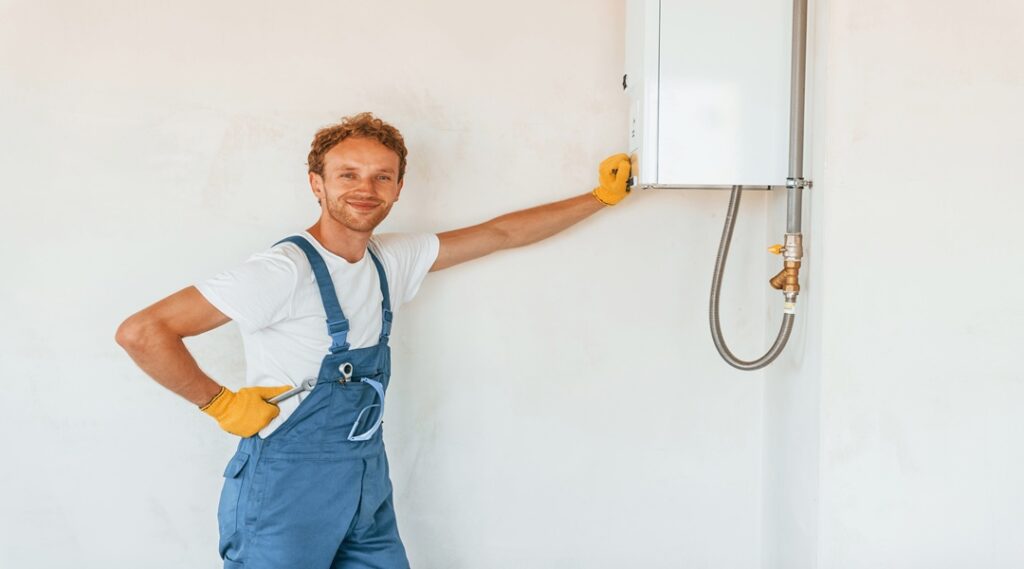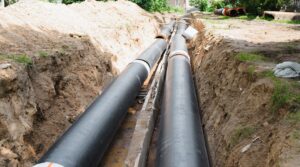Pinpointing the right tankless water heater for your home depends on grasping your unique hot water demands and the hurdles that come with your space. What’s your home’s hot water appetite during the busiest times of day? Get a grip on that number to move forward.
Next comes calculating flow rates—how fast hot water must travel through pipes to meet demand without running cold. Temperature rise is another key factor; it’s the difference between incoming cold water temperature and desired hot output.
Lastly, space considerations can’t be ignored since installation requires sufficient room for operation and maintenance access. Before diving into those calculations, let’s focus on why proper sizing of a tankless system matters so much.
Assess Your Household Hot Water Needs
Understanding the precise requirements for your home’s hot water is pivotal when selecting a tankless heater. You must account for daily usage, attending to both the flow rate and temperature boost needed from incoming water. The ideal unit size ensures energy efficiency while cutting down utility expenses.
A small-sized heater might suit single-bathroom apartments well, handling up to 5 gallons per minute (GPM). For homes with two baths, a medium option delivering up to 7 GPM could suffice; larger houses may necessitate units capable of reaching 10 GPM or more. For accurate estimation and to avoid under or over-sizing.
Which can lead to either unmet demand or wasted resources. Professional guidance proves invaluable in choosing an optimal tankless hot water heater installation.
Calculate Flow Rates and Temperature Rise
When sizing a tankless water heater, one must calculate the flow rate—how much hot water your home consumes at peak demand. Add up gallons-per-minute (GPM) of all devices you expect to run simultaneously. A shower might use 2.5 GPM while a sink typically uses around 1 GPM.
Temperature rise is critical, too; it’s the increase needed from incoming cold water to the desired hot temperature. If inlet waters are at 50 degrees and you need showers at 110 degrees, that’s a 60-degree rise required. Selecting a unit with sufficient capacity ensures comfort without wasteful oversizing, striking an efficient balance in continuous supply for everyday needs.
Consider Space Constraints for Installation
Accounting for space before installation is critical. One tankless heater can serve a home’s needs if sized right. Think of it as outfitting your utility closet with this compact powerhouse.
Typically, flow rates dictate size: 3.5 gallons per minute (GPM) caters to one or two fixtures like sinks and showers being used at once; bump up to 5 GPM for juggling three items simultaneously; scale to 7 GPM when four taps demand hot water in unison. These figures aren’t etched in stone but offer a framework for understanding what might fit within the physical confines of your residence while maintaining functionality. This is an essential step towards making an informed choice that marries efficiency with spatial harmony.
Selecting the proper size tankless water heater for your home ensures you have hot water when needed without wasting energy. Start by calculating the flow rate and temperature rise required for your household’s peak usage. Beecos Plumbing & Heating specialists can help homeowners make informed decisions based on their specific needs, leading to efficient heating solutions that provide continual comfort and convenience.
Trust in professional guidance allows tailored selections that match both demand and efficiency, offering a seamless supply of warm water day after day.













